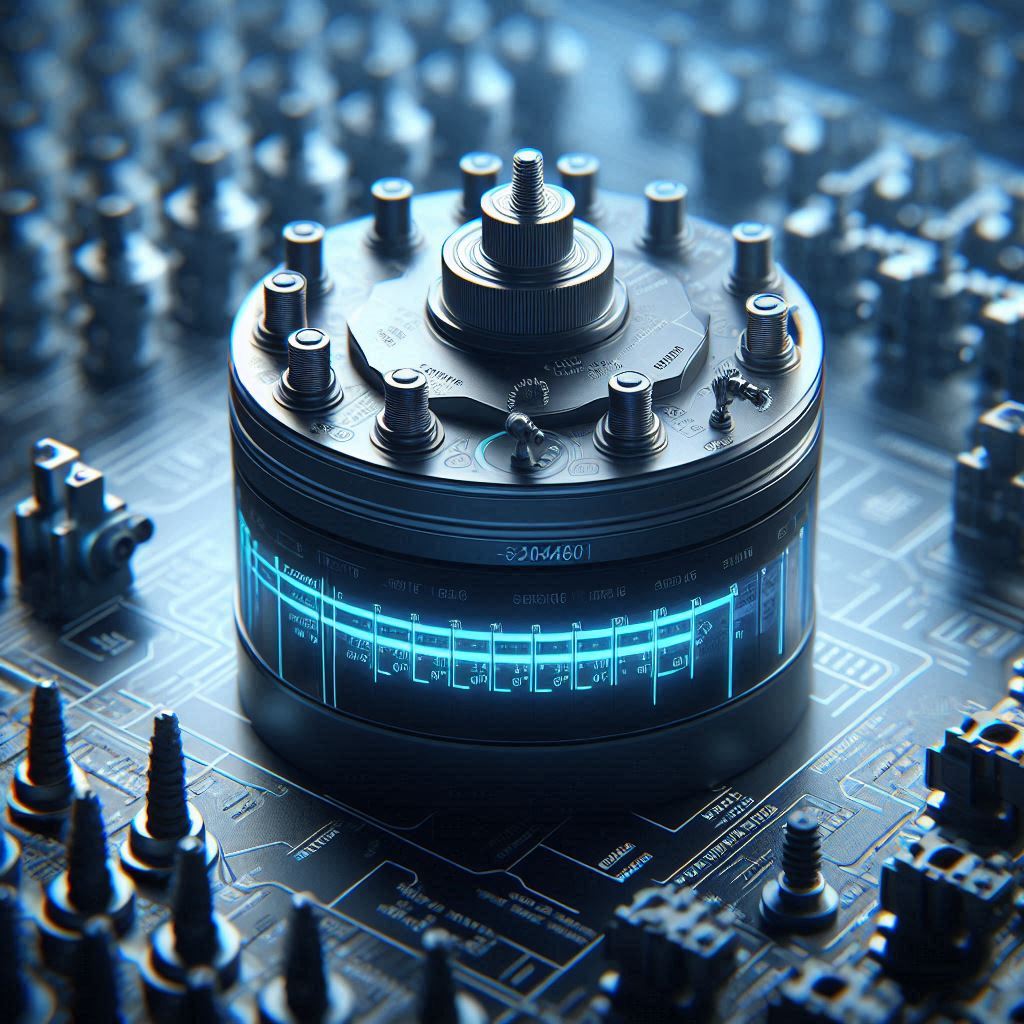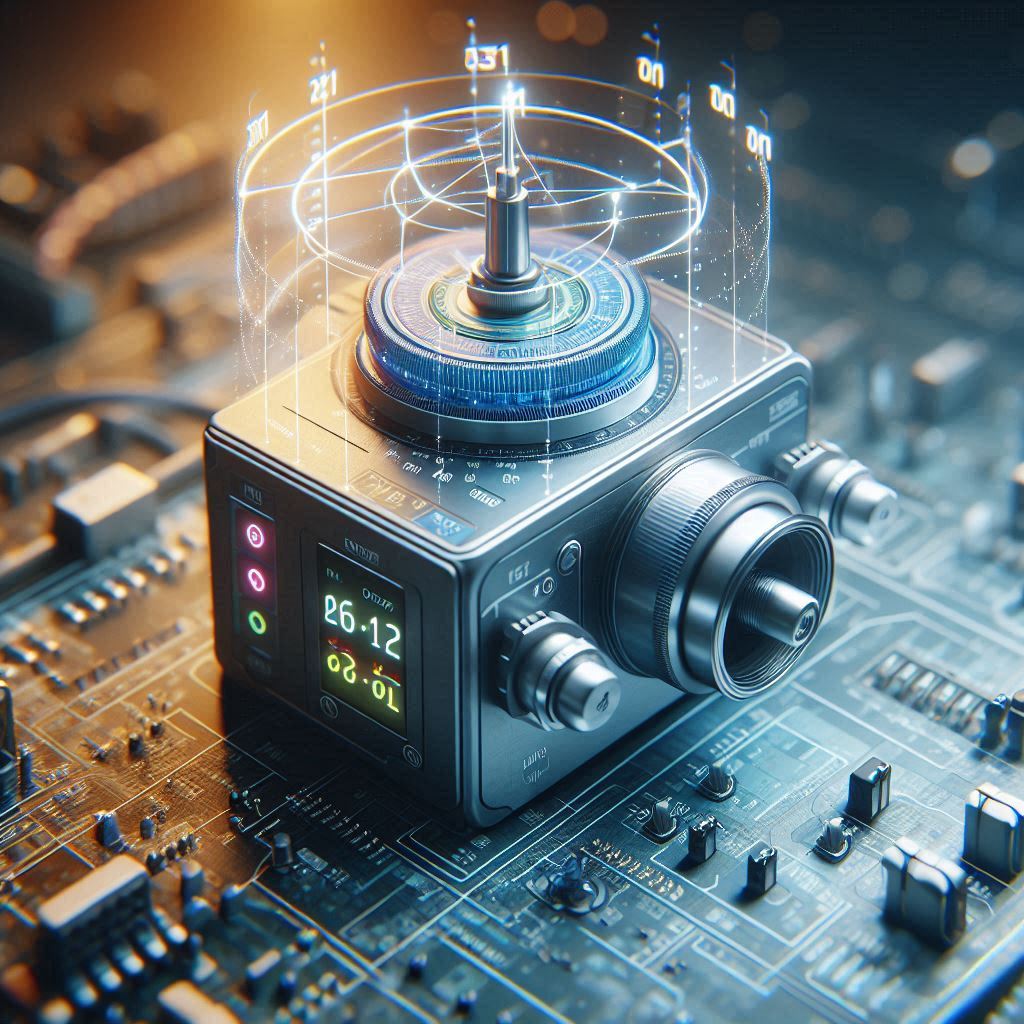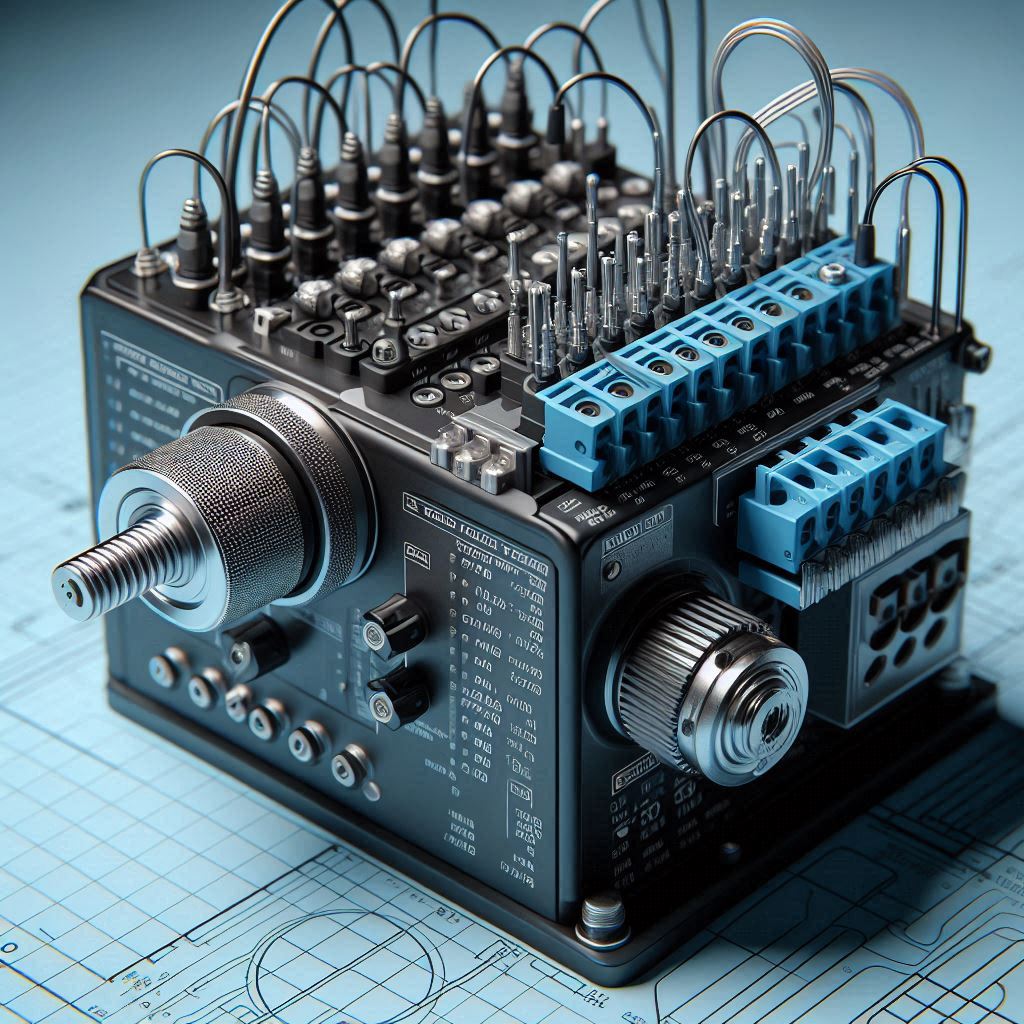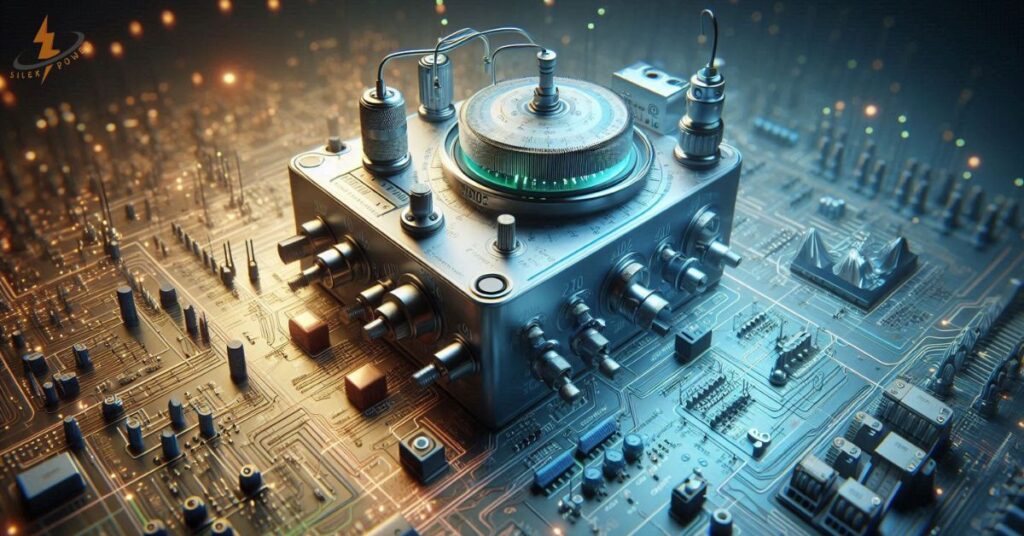A particular type or application of the popular PID (proportional-integral-derivative) controller, which is essential for managing dynamic systems in a variety of sectors, including manufacturing and aerospace, is referred to as PID:22048101. This feedback control system ensures stability, accuracy, and efficiency in real-time applications by continuously modifying the system’s parameters to maintain a setpoint. 22048101 PID Controllers
PID controllers, like PID:22048101, work through three key components:
Proportional (P): Directly adjusts the output based on the current error.
Integral (I): Corrects accumulated past errors.
Derivative (D): predicts future error trends and compensates for potential issues.
When these parts work together, the system functions properly, whether it is controlling speeds, temperatures, or other important parameters. Let’s investigate this system further.
Key Components of PID:22048101 System
Particularly in industrial applications, every component of a PID controller is essential to its overall performance. Let’s examine each element separately:
Proportional (P) Control: 22048101 PID Controllers
Function: The proportional component reacts to the current error. Larger errors result in greater correction.
Benefit: Provides a fast response to disturbances but may cause oscillations or steady-state errors when used alone.
Example: In a temperature control system, if the actual temperature is too far from the desired setpoint, the controller will adjust the heater output in direct proportion to the difference.

Integral (I) Control: 22048101 PID Controllers
Function: The integral component addresses any accumulated past errors, eliminating steady-state errors.
Benefit: It helps bring the system back to the setpoint but can sometimes result in overshooting.
Example: In a heating system, if there’s a slight and persistent error in temperature that the proportional control doesn’t address, the integral control will gradually correct it.
Derivative (D) Control:
Function: The derivative component anticipates future errors by looking at the rate of error change.
Benefit: Reduces overshooting and dampens oscillations, improving the system’s stability and response time.
Example: In robotic arms used in manufacturing, where precise movements are crucial, derivative control ensures that the robotic arm adjusts more smoothly and accurately as it moves.
Real-World Applications of PID:22048101
Numerous industries employ PID controllers, and PID:22048101 in particular is essential for effective process control. Let’s examine some of the most well-known uses of PID controllers in contemporary industries:
1. Manufacturing: Fine-Tuned Control for Precision
PID:22048101 is necessary in manufacturing to regulate the different machines and equipment used in the process. PID controllers guarantee reliable, high-quality manufacturing by regulating temperatures, speeds, and material flow rates.
The proper viscosity for materials like plastic or metal is ensured by PID controllers, which maintain the temperature at a precise level throughout the molding process. Products may become inconsistent or distorted in the absence of this.
Speed Regulation in Conveyor Systems: PID controllers regulate the speed of conveyor belts, ensuring the materials are moved at the optimal pace without delay or overproduction.
2. Automotive: Optimizing Vehicle Systems
To guarantee that automobiles operate at their best under a variety of circumstances, the automotive sector uses PID controllers such as PID:22048101. PID controllers are the brains behind many contemporary automotive technologies, including engine management and cruise control.
Cruise Control: PID controllers ensure a steady vehicle speed by adjusting the throttle and brakes based on the real-time road conditions.
Fuel Injection Systems: PID controllers optimize the air-fuel mixture, improving engine efficiency and fuel economy while also ensuring smooth engine performance.
3. Aerospace: Ensuring Stability in Flight
PID controllers such as PID:22048101 are utilized in the aerospace industry to guarantee precise navigation, maximize fuel efficiency, and preserve aircraft stability.
Autopilot Systems: PID controllers ensure the aircraft follows the planned flight path by adjusting altitude, heading, and speed to compensate for wind or atmospheric disturbances.
Cabin Environmental Controls: PID controllers help maintain the appropriate temperature and pressure in various sections of the airplane, ensuring passenger comfort.

4. Pharmaceuticals: Precision in Drug Manufacturing
In order to maintain strict control over environmental conditions during drug production and storage, the pharmaceutical sector depends on PID controllers. This guarantees the efficacy and caliber of medications.
Temperature Control for Storage: Precise control over temperature in storage environments ensures that the drugs remain effective and do not degrade.
Process Control: PID controllers are also used in mixing and heating pharmaceutical compounds, ensuring consistent batch production.
The Technical Structure of PID:22048101
To understand how PID:22048101 functions, let’s break down the control loop:
Input: Sensors measure the relevant variable (temperature, pressure, speed, etc.).
Error Calculation: The difference between the desired setpoint and the actual value is calculated (the error).
PID Algorithm: The controller uses the error, integral of past errors, and derivative of future errors to adjust the output.
Output: The actuator (motor, heater, etc.) receives the adjusted control signal and corrects the system.
Advantages of PID:22048101
Enhanced system stability:
PID controllers guarantee that systems stay steady even in the face of outside disruptions. In sectors like pharmaceuticals, where even the slightest variation might impact product quality, this is crucial.
Cost Savings:
PID controllers provide significant cost savings by limiting waste and lowering energy consumption. For instance, PID lowers fuel or power expenditures by preventing overheating in temperature regulation.
Improved Product Quality:
Manufacturing and pharmaceutical industries, which depend on exact process control, gain from PID:22048101 because it guarantees that products consistently satisfy quality standards.
Technological Advancements Enhancing PID:22048101
With advancements in IoT and AI, PID controllers are becoming even more efficient.
Integration with IoT: PID controllers now interact with smart sensors, collecting real-time data to optimize performance. This allows the system to adapt to dynamic changes quickly.
AI and Machine Learning: These technologies predict future errors and optimize PID parameters, reducing human intervention and boosting efficiency.
Best Practices for Implementing PID: 22048101
1. Calibration and Tuning
PID parameters (P, I, and D) must be adjusted. It guarantees that the system reacts appropriately without going overboard or displaying a slow response. Depending on the application, there are a number of ways to adjust these parameters, including software-based optimization and Ziegler-Nichols tuning.
2. Regular Maintenance
To make sure PID controllers continue to operate at their peak efficiency, regular hardware checks, sensor inspections, and recalibrations are necessary.
3. Training Operators
Understanding the PID control system will help operators troubleshoot and modify settings as necessary to maximize performance.
Challenges and Solutions with PID: 22048101
1. Handling Nonlinear Systems
PID controllers are intended for linear systems. To improve performance, nonlinear systems need extra methods like fuzzy logic integration or adaptive controllers.
2. Disturbances and Noise
PID performance may be impacted by outside noise or abrupt disruptions. Advanced Kalman filtering methods can help lessen volatility and increase measurement accuracy in order to help mitigate this.
3. Complexity in Large Systems
Several PID controllers can be difficult to manage in large industrial systems. Networked PID controllers and hierarchical control systems can both aid in system-wide performance optimization.

Conclusion:
The future of industrial automation process control is represented by PID: 22048101. In a variety of applications, from manufacturing to pharmaceuticals, its capacity to preserve stability, accuracy, and efficiency guarantees its ongoing significance. PID controllers will become much more capable as technology develops by combining AI, IoT, and sophisticated algorithms, pushing the boundaries of automation and optimization.When used correctly, PID:22048101 provides unparalleled benefits in terms of reduced costs, enhanced product quality, and effective operation, making it a vital instrument for businesses all over the world.



